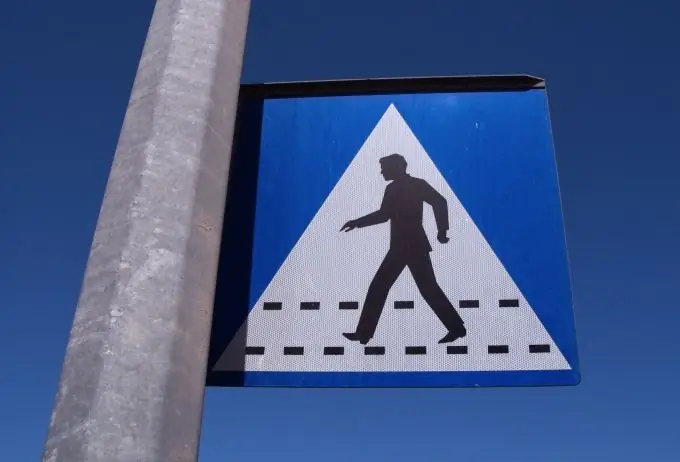Modern hieroglyphs are highly distorted images of the objects they represent. But even in countries where they know about hieroglyphs only by hearsay, various pictograms are widely used. Some of them are even reflected in the standards.

Instructions
Step 1
Pay attention to how the icons around you look. Look at road signs, "little men" at traffic lights, mode symbols on tape recorders, VCRs, MP3 and DVD players, icons on your computer desktop, battery charge and signal strength on mobile phones, circuit symbols, and more. P. You will find that pictograms are used everywhere instead of words, just that you didn’t attach much importance to it before.
Step 2
Set a goal to determine what is in common between all the variety of pictograms that you happen to meet in everyday life. What are their main properties? The first is brevity. The pictogram should not contain small details in order to be equally noticeable both near and at a distance. It should also be simple enough to be printed on a low-resolution printer, drawn by hand, stenciled, etc. If a pictographic "language" is being developed that combines similar concepts, the symbols that make up it should be in harmony in appearance with each other, because they are often used together. And one more property of pictograms is standardization. Compare the symbols next to the keys on, say, several DVD players from different manufacturers - they appear to be the same.
Step 3
Please note, however, that there may be several standards for each type of pictogram. If you find Soviet tape recorders, remember that they have the same modes as on modern equipment, indicated by completely different symbols. Note also, say, the difference between icons that have the same meaning in Linux, Mac OS, Windows, etc.
Step 4
Before you independently come up with a new pictogram or a series of pictograms to denote something, take a closer look if you have not noticed similar standardized symbols anywhere (including on the road signs listed above, players, etc.). Refer to relevant regulations, such as government standards, if necessary. Once you find that the pictogram to indicate what you need has not yet been invented, come up with it yourself, giving it the properties specified in step 2 of this article. Also, come up with new pictograms in the event that all similar symbols invented before you are proprietary.






